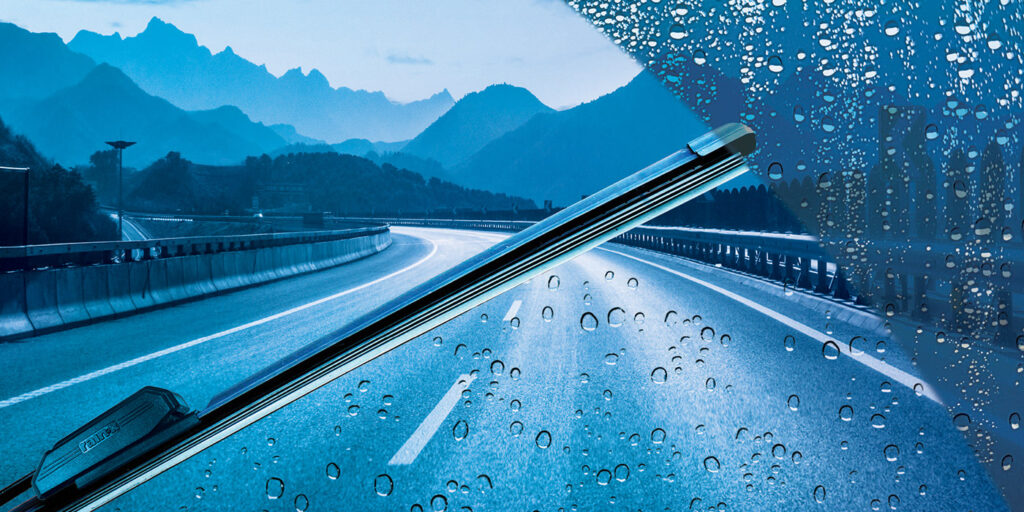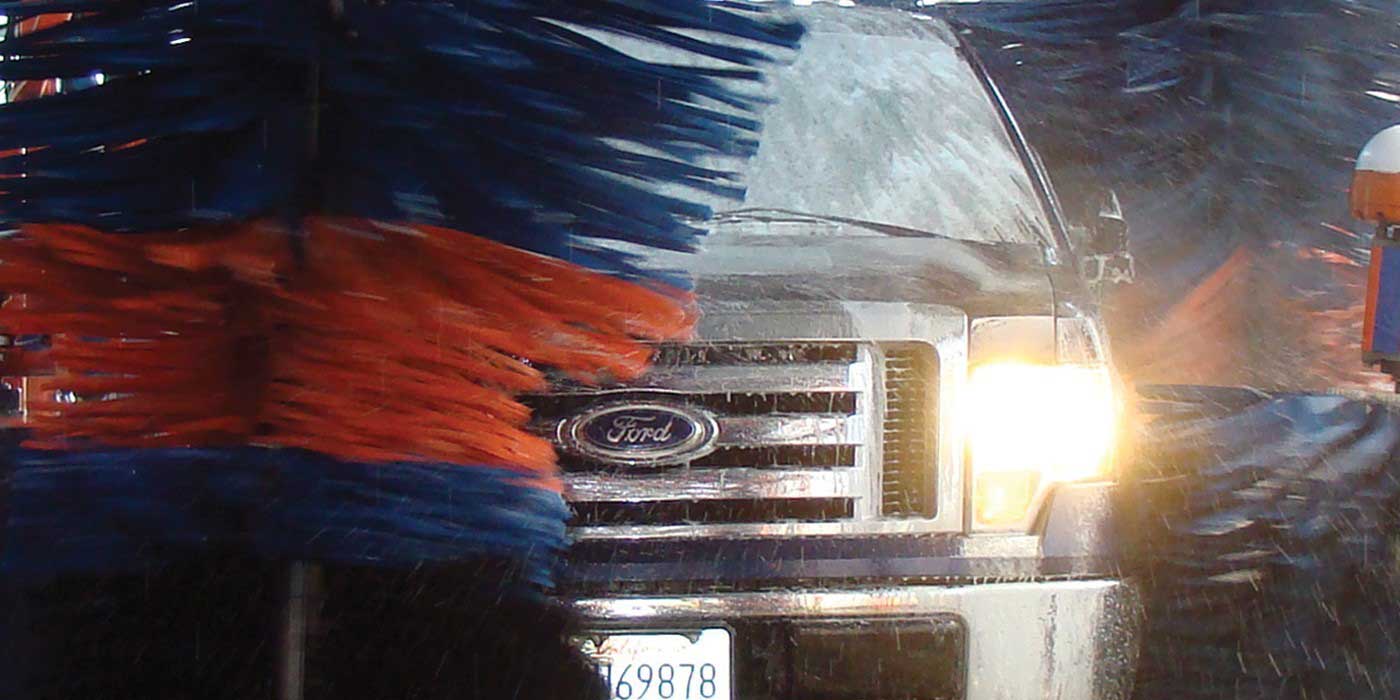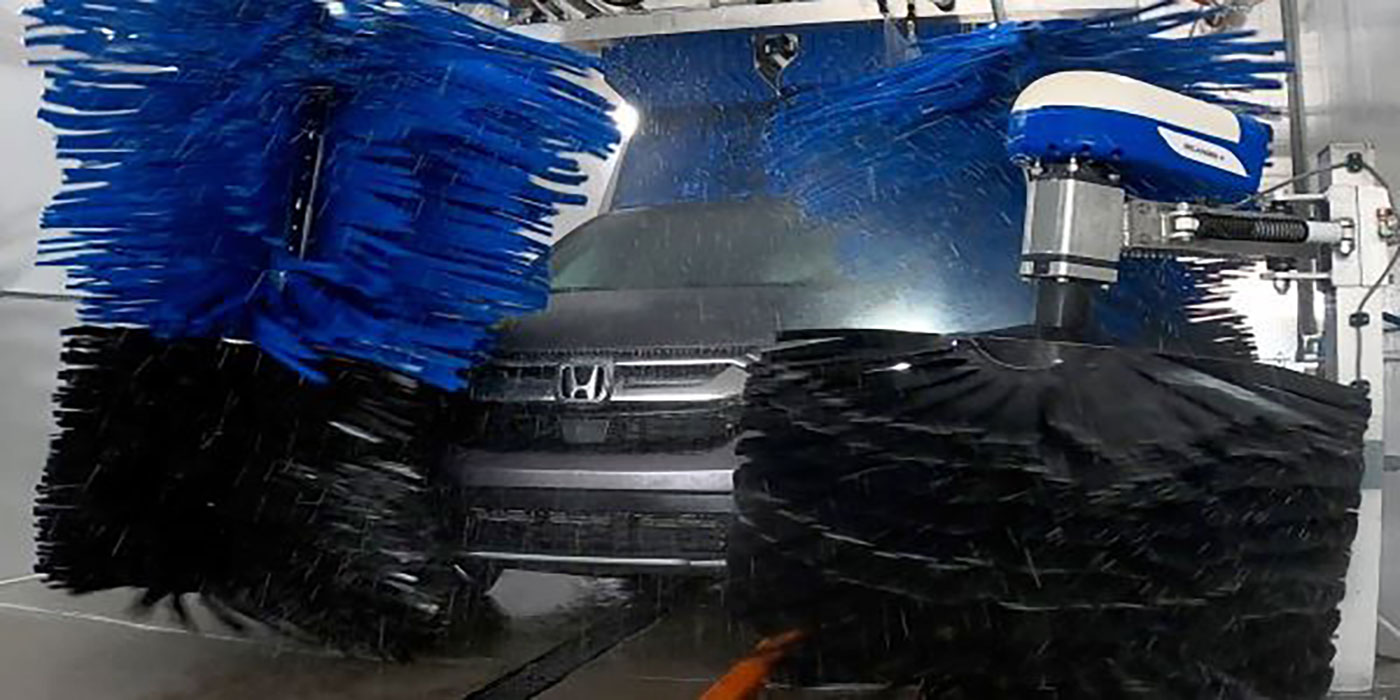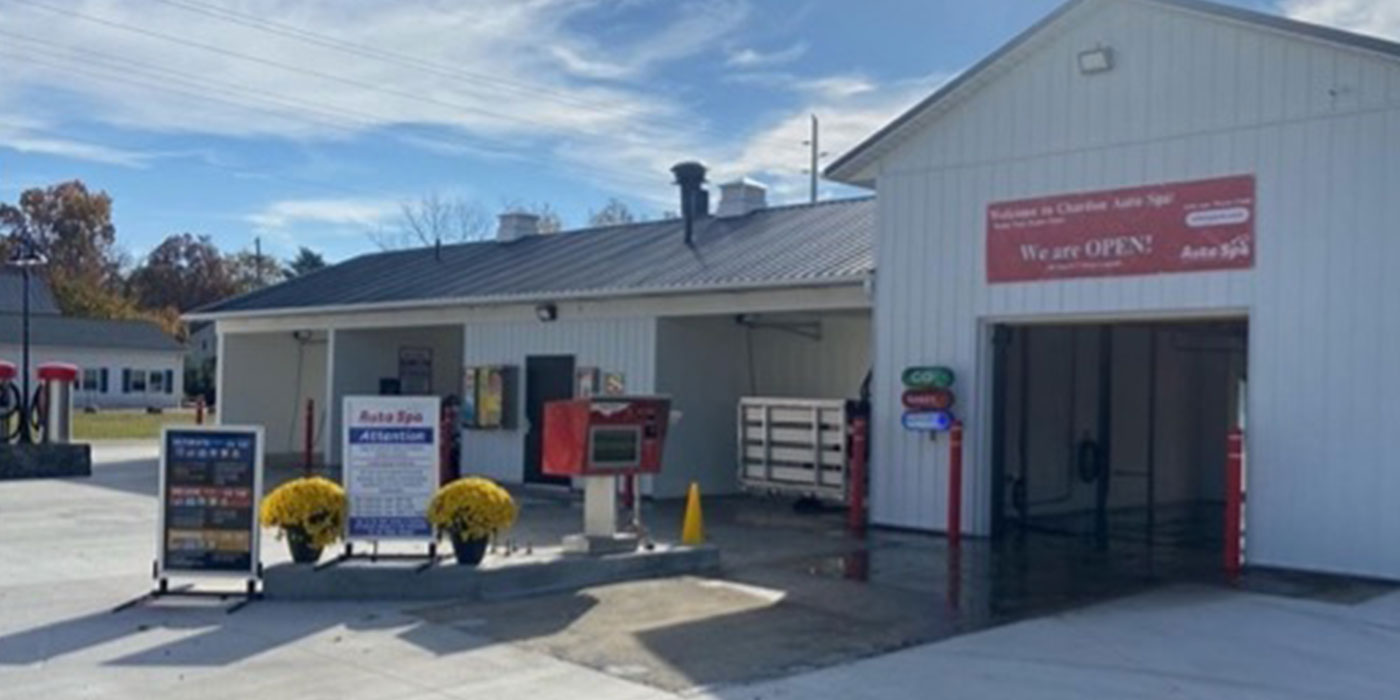Many vehicle owners know the importance of doing preventive maintenance. Keeping up with routine oil and filter changes, maintaining proper fluid levels and checking tires for proper inflation and signs of wear and tear are regular standards that require attention. But one thing often overlooked is a simple fix and can save lives.
Rain-X® officials are reminding drivers to change their wiper blades before the winter weather arrives. Vehicle inspections held across the country by the National Car Care Council/Be Car Care Aware organization indicated 17% of vehicles had blades that needed replacement. Studies also revealed drivers usually wait several years to change blades although most need replacement after 6-12 months of use. Of the 250 million cars and light trucks registered in the U.S., it’s estimated that 43 million are currently driving with impaired vision.
“Most drivers aren’t aware of the dangers of worn or defective blades. Considering temperatures this past summer were the hottest on record in the contiguous U.S., wiper blades likely deteriorated at a faster rate due to the elements,” said Mark Kennedy, group marketing manager for Rain-X.
“A Federal Highway Administration report shows that impaired visibility is a leading factor in 46% of fatal auto accidents. Since 90% of all driving decisions are based solely on vision, having reliable wiper blades to help remove excessive water, snow and ice for the cleanest windshield possible is a critical safety concern,” added Kennedy.
Kennedy said drivers should inspect their blades and follow the simple process car care service technicians perform to determine whether they should be changed.
“They should first examine how the front and back blade squeegees sit on the windshield, then lift it off the glass to see if it remains in the same position. If it lays flat, does not move or moves back and forth easily, it’s time to replace them,” he said. “The same holds true if the blade is cracked or has missing pieces in the rubber edge or has any corrosion such as rust on the metal components. If you are experiencing any skipping, streaking or squeaking, or if the blade is not making proper contact with the windshield, your driving visibility will be reduced in inclement weather.”
Kennedy recommends drivers replace their blades with ones that are engineered to perform during bad weather.
“Ask your car care professional for blades that are designed to handle inclement weather conditions and can withstand the elements, such as UV and ozone exposure. It’s the leading cause for rubber deterioration, so you want a squeegee that is more resistant to cracking compared to natural rubber. You’ll have less streaking, smooth and flexible wiping, and better driving visibility. You wouldn’t wait a year to change your vehicle’s oil, so prepare now before the winter weather arrives,” concluded Kennedy.














